When it comes to car design, aerodynamics plays a crucial role in fuel efficiency and performance. However, some cars missed the mark with their bulky shapes and sharp angles, leading to less-than-ideal wind resistance. In this list, we’ll explore 25 cars that are known for their lack of aerodynamic design.
Contents
Hummer H1
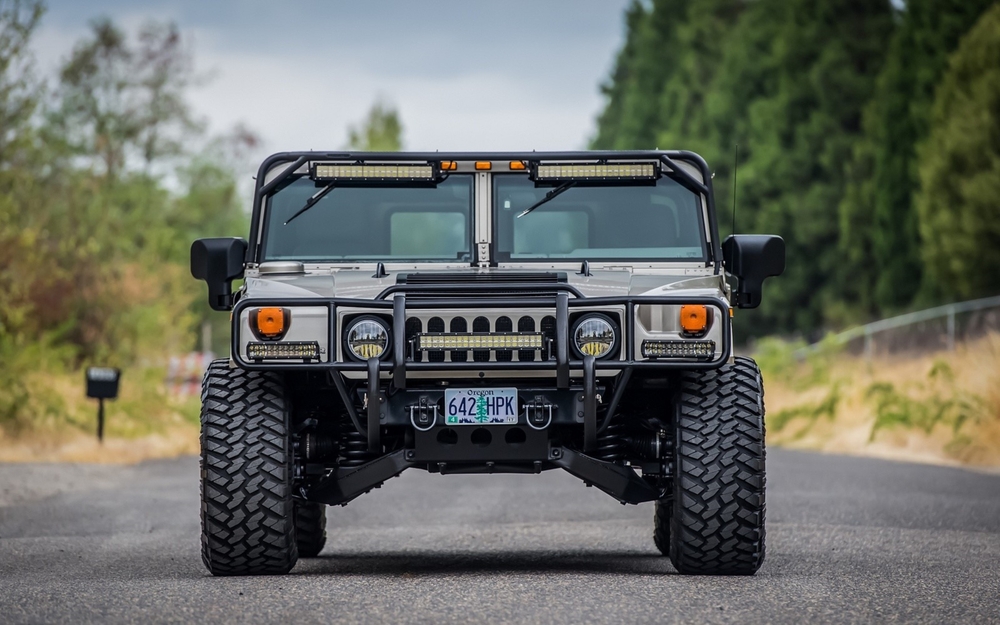
The Hummer H1’s bulky and boxy design, built for military use, prioritizes ruggedness over aerodynamics. Its wide stance, tall profile, and flat surfaces increase air resistance, making it one of the least aerodynamic vehicles. With a curb weight over 7,000 pounds and a drag coefficient around 0.57, it was built for off-road capability rather than speed or fuel efficiency.
Jeep Wrangler
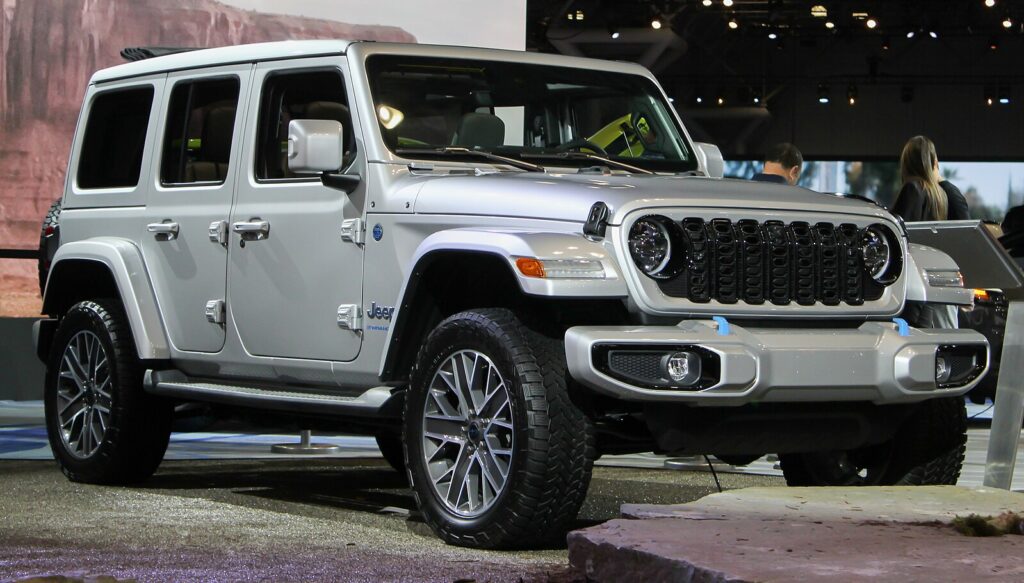
The Jeep Wrangler’s signature upright windshield and exposed hinges are a clear indicator of its poor aerodynamics. Designed for off-roading, its boxy shape and large tires create significant drag. The vehicle’s primary goal is versatility in rough terrain, sacrificing smooth airflow over the body, leading to a low drag coefficient of around 0.58.
Mercedes-Benz G-Class

The G-Class, or G-Wagon, retains much of its original military vehicle design, including its straight lines, flat surfaces, and upright windshield. Its emphasis on luxury and off-road performance comes at the cost of aerodynamic efficiency. Despite modern updates, it still has a drag coefficient near 0.54, making it highly resistant to smooth airflow.
Dodge Ram 1500 (older models)
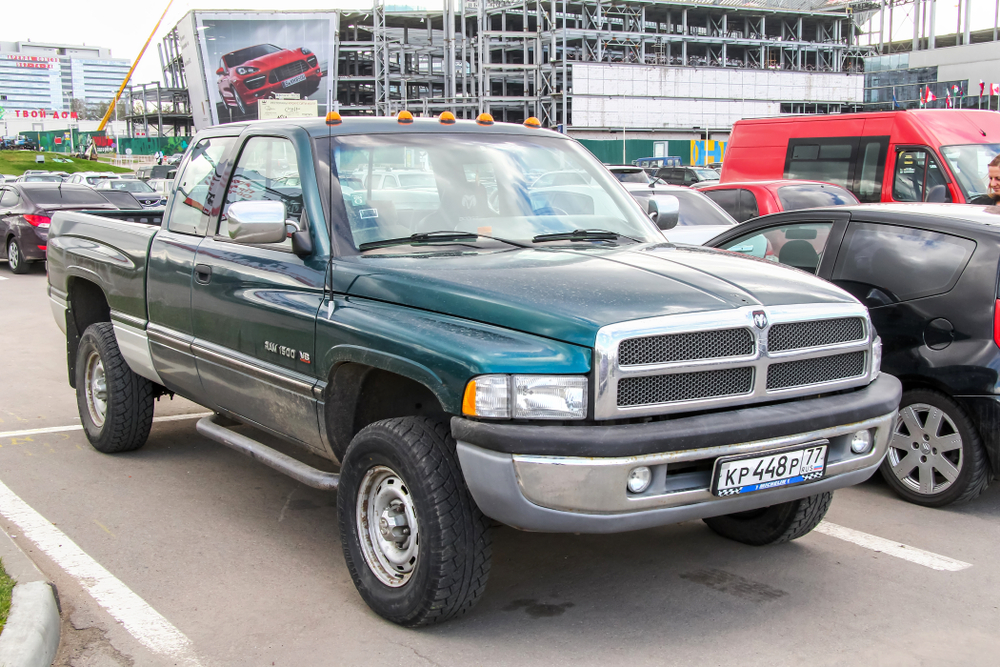
Older models of the Dodge Ram 1500 featured a large, blunt front grille and squared-off edges that did little to minimize air resistance. While the truck was powerful and durable, it didn’t emphasize sleekness, resulting in a drag coefficient around 0.50, which hampered fuel efficiency on highways.
Suzuki Samurai

The Suzuki Samurai was known for its lightweight, small off-roader frame, but its design was far from aerodynamic. With a high, boxy body and flat windshield, it wasn’t built for high-speed driving or wind resistance. The rugged design worked for off-road conditions but made it a fuel-inefficient option for everyday use.
Land Rover Defender (classic models)

The classic Land Rover Defender is iconic for its square, utilitarian body, designed to handle harsh environments. However, its vertical surfaces, flat windshield, and overall boxiness contribute to high wind resistance, resulting in a drag coefficient of about 0.59. This design prioritizes strength and durability over speed and efficiency.
Ford Bronco (early models)

The early Ford Bronco was designed as a robust off-road vehicle, but it was also notoriously boxy. Its straight lines, flat front, and overall ruggedness make it aerodynamically inefficient. Although loved for its versatility, its drag coefficient around 0.52 limits its performance at higher speeds.
Lincoln Town Car
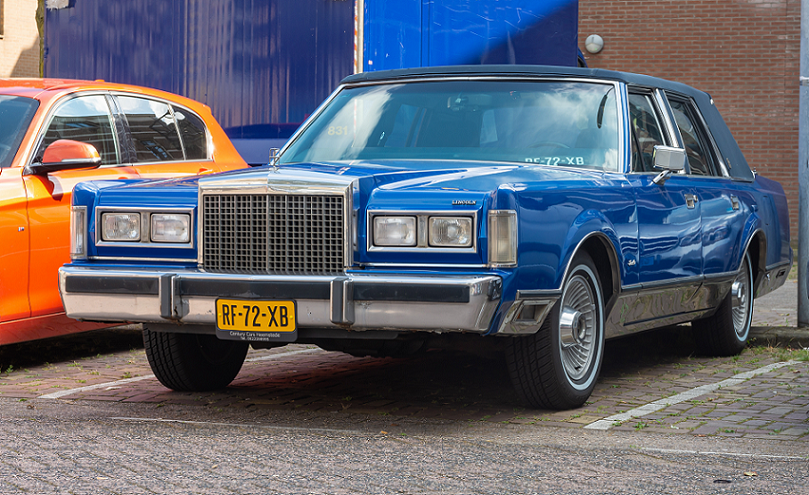
The Lincoln Town Car was built for comfort and luxury, not speed. Its long, bulky frame and large, flat front grille made it aerodynamically inefficient. While the drag coefficient of around 0.48 was respectable for its class, the overall weight and shape contributed to sluggish highway performance.
Toyota FJ Cruiser

The Toyota FJ Cruiser’s retro design, inspired by the original Land Cruiser, features large mirrors, a wide body, and upright windshield, all of which contribute to significant drag. Its off-road prowess comes at the expense of fuel economy, with a drag coefficient of around 0.43, making it a less-than-ideal choice for highway cruising.
Chevrolet Suburban (older models)
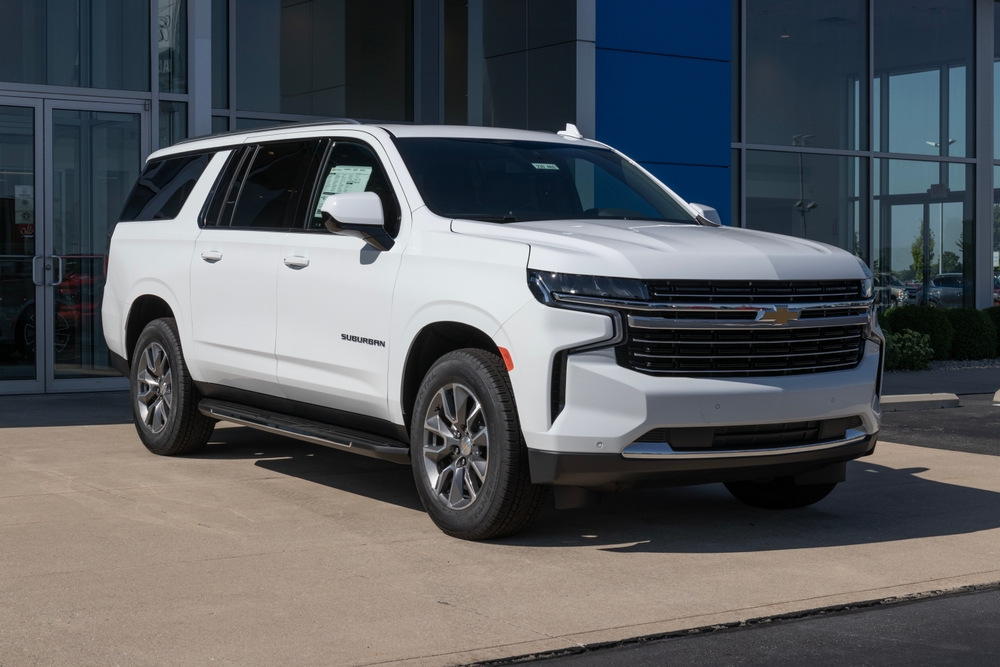
The older Chevrolet Suburban models were large, boxy SUVs designed for hauling and off-road use. With their flat, broad surfaces and a tall stance, they were not built for aerodynamic efficiency. The large size and weight made it a fuel-hungry vehicle, with a drag coefficient around 0.45.
Lada Niva

The Lada Niva’s simple, rugged design features boxy proportions and flat surfaces, which create considerable wind resistance. Despite its popularity in rural and off-road settings, the vehicle’s drag coefficient of 0.50 contributes to its low aerodynamic efficiency and fuel economy.
AMC Pacer
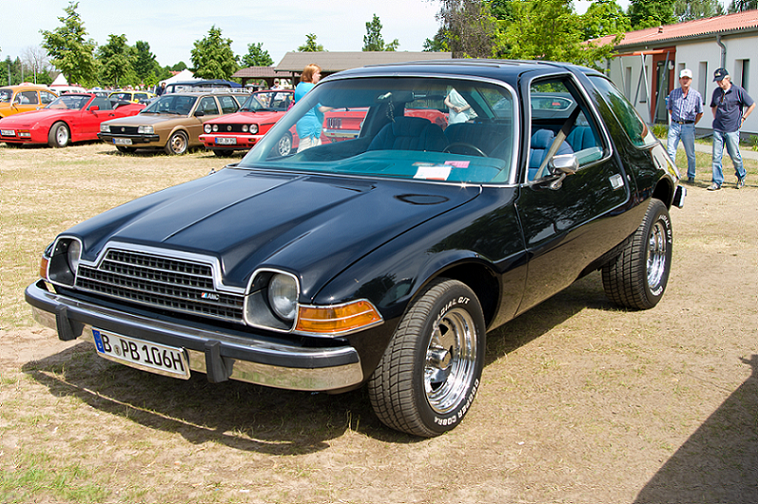
The AMC Pacer’s oddball design was meant to look futuristic, but its wide body and large glass areas caused significant wind resistance. The car’s drag coefficient was around 0.43, which might not seem bad for the era, but its shape was far from streamlined. Its distinctive bubble-like profile created more drag than expected.
Cadillac Eldorado (1970s models)
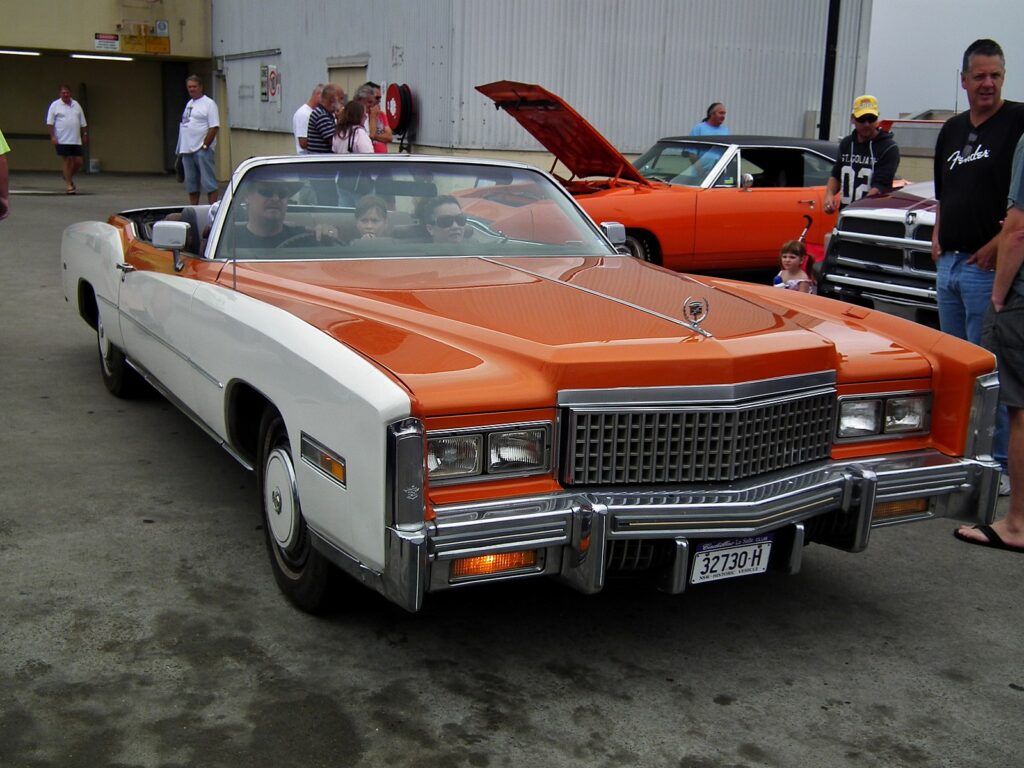
The 1970s Cadillac Eldorado was known for its long, wide, and heavy design, making it the epitome of luxury at the time. Its flat surfaces and exaggerated length resulted in a drag coefficient of around 0.44, making it fuel inefficient and aerodynamically clumsy on highways.
Ford Crown Victoria

The Ford Crown Victoria, famous for its use in law enforcement, was built for durability and space rather than aerodynamics. The large, squared-off body and flat front grille meant it didn’t slice through the air effectively. With a drag coefficient around 0.40, it wasn’t the most fuel-efficient cruiser.
Pontiac Aztek

The Pontiac Aztek is known for its unconventional, clunky design. The boxy shape, angular features, and large rear end made it visually unappealing and aerodynamically inefficient. Its design contributed to poor fuel economy, with a drag coefficient hovering around 0.43.
Toyota Land Cruiser (classic models)

Classic Toyota Land Cruisers were built to withstand harsh environments but weren’t concerned with aerodynamic efficiency. Their tall, boxy build, flat surfaces, and vertical windscreen made them great for off-road durability but poor performers in terms of wind resistance, with a drag coefficient around 0.50.
Buick Roadmaster

The Buick Roadmaster’s long body, wide stance, and flat front grille made it one of the least aerodynamic sedans of its time. While it provided comfort and luxury, it wasn’t designed with fuel efficiency or wind resistance in mind. Its drag coefficient was around 0.45.
Volvo 240
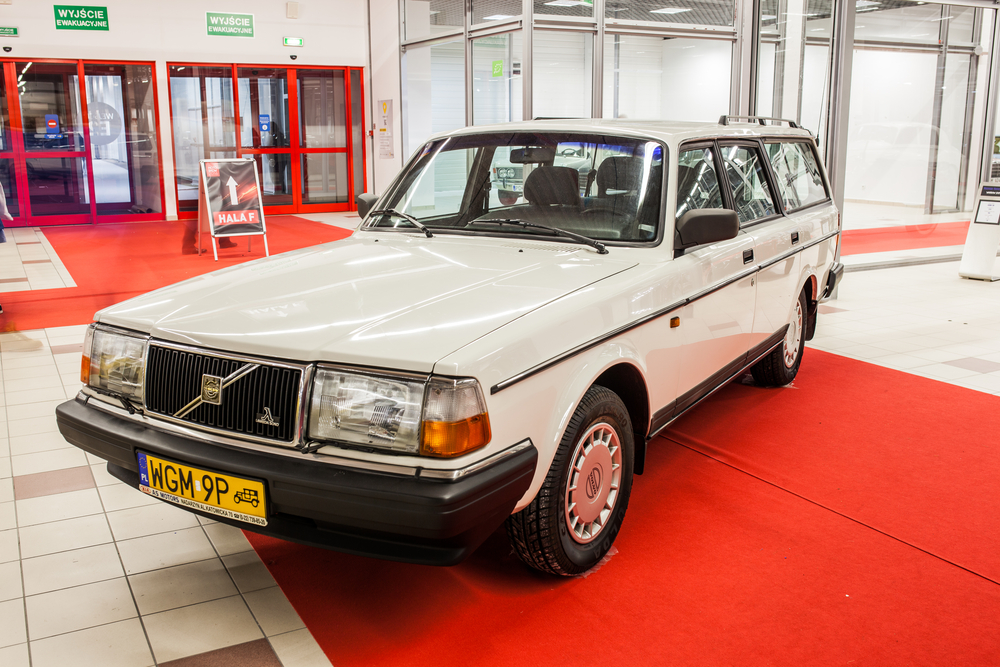
The Volvo 240 is famous for its boxy, safe design, but aerodynamics were not a priority. Its flat front, squared-off sides, and high roofline create substantial drag, leading to a less-than-efficient design. The drag coefficient of around 0.41 reflects this lack of aerodynamic focus.
Range Rover Classic

The Range Rover Classic, with its high stance and straight edges, was built for off-roading and luxury. The vehicle’s vertical windscreen, tall body, and flat panels increased drag and decreased fuel efficiency, resulting in a drag coefficient around 0.50.
GMC Vandura

The GMC Vandura, popular as a van for work and recreation, was notorious for its boxy and high-sided design. Its flat front and large surface area made it aerodynamically inefficient, increasing fuel consumption. The drag coefficient was around 0.46, making it difficult to drive efficiently at higher speeds.
International Harvester Scout

The International Harvester Scout was designed for rugged off-road use, but its tall, square shape caused a lot of drag. Its flat front and exposed wheels added to the inefficiency, making it less aerodynamic and contributing to a drag coefficient around 0.50.
Citroën 2CV
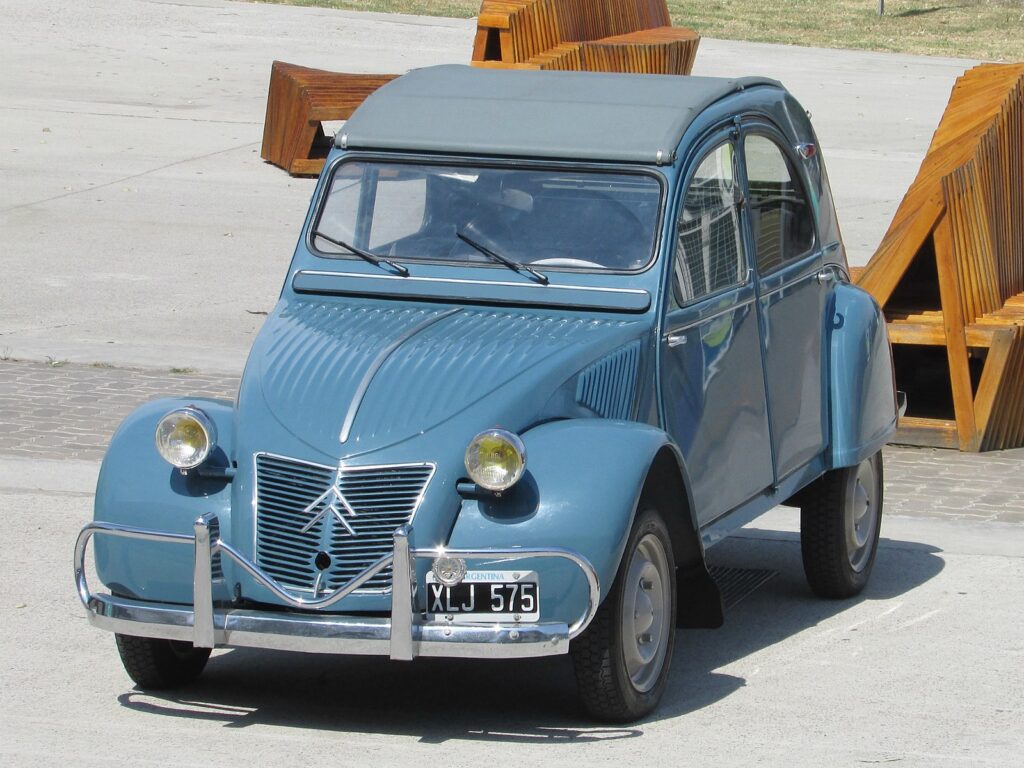
The Citroën 2CV was built with simplicity in mind, but its odd shape with flat surfaces and a curved roof didn’t help its aerodynamics. The exposed wheels and slow-moving design made it a charming yet inefficient vehicle in terms of drag, with a coefficient of around 0.51.
Volkswagen Thing

The Volkswagen Thing’s boxy, utilitarian design was great for rugged terrain but terrible for aerodynamics. The flat panels, tall profile, and exposed wheels meant it was highly wind-resistant. Its drag coefficient was an unimpressive 0.55, contributing to its clunky performance at high speeds.
Rolls-Royce Phantom (classic models)
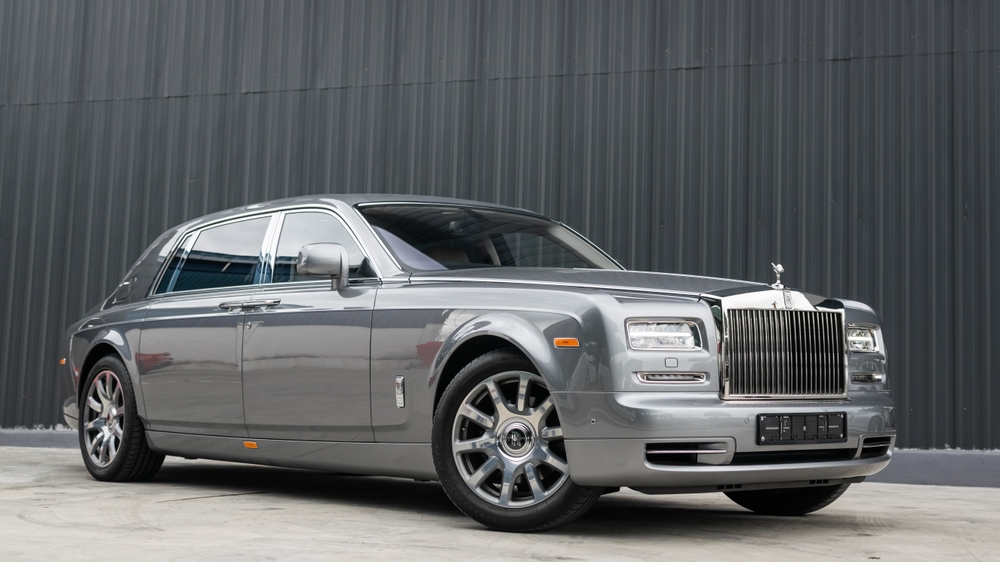
The classic Rolls-Royce Phantom emphasized luxury and grandeur, with little concern for aerodynamics. The large, imposing grille and tall, flat surfaces caused significant drag, with a drag coefficient around 0.45. It was built to cruise, not to slice through the air efficiently.
Dodge Charger Daytona (1970s)
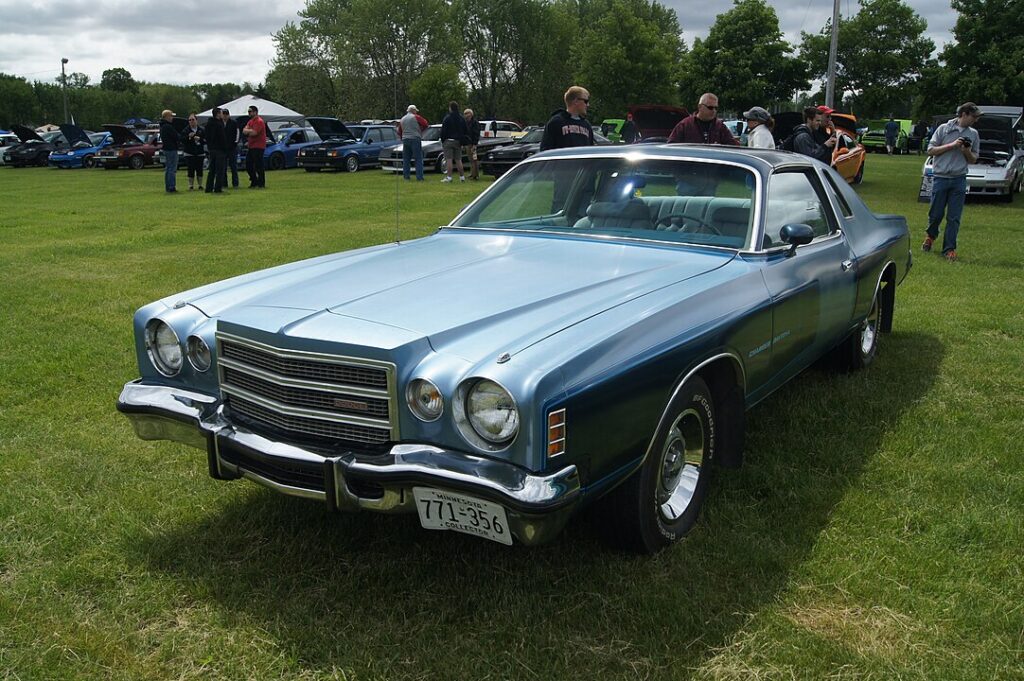
Though built for speed, the 1970s Dodge Charger Daytona’s exaggerated rear wing and extended nose cone made it a curiosity in terms of aerodynamics. While designed to perform on the racetrack, its bulky body and excessive features caused drag in regular driving conditions, earning it a place on this list.
This article originally appeared in MyCarMakesNoise.
More from MyCarMakesNoise
20 Rare Ford Trucks You Won’t Believe Exist

Ford has a long history of producing reliable and versatile trucks, but some models are less well-known than others. These unique Ford trucks stand out for their rare designs, limited production runs, or innovative features. Here are some unique Ford trucks you probably haven’t seen before. Read More
20 Classic Chevelles That Never Gained Popularity

The Chevrolet Chevelle is an iconic American muscle car, but not all models have been well-received. Some versions, due to design flaws or performance issues, have failed to win the hearts of car enthusiasts. Here are some vintage Chevelle models that no one likes. Read More
13 Most Impressive Gran Turismo Vision Cars

Gran Turismo Vision cars are a testament to the creativity and innovation of automotive design. These concept cars, created by top manufacturers for the Gran Turismo video game series, push the boundaries of technology and aesthetics. Read More














